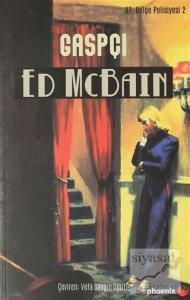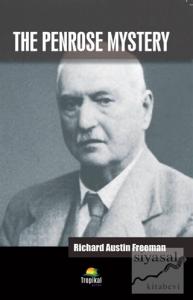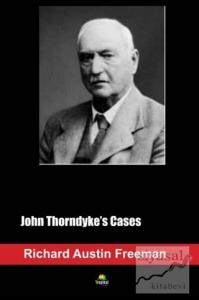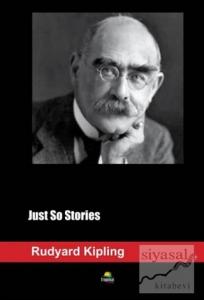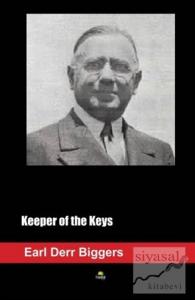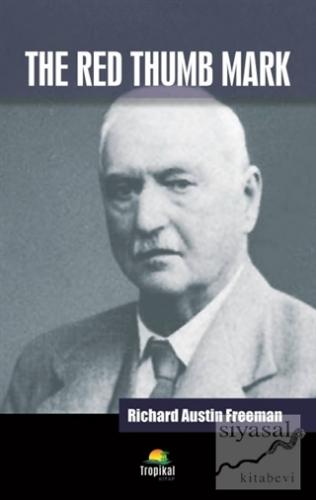
“Conflagratam An° 1677. Fabricatam An° 1698. Richardo Powell Armiger Thesaurar.” The words, set in four panels, which formed a frieze beneath the pediment of a fine brick portico, summarised the history of one of the tall houses at the upper end of King's Bench Walk and as I, somewhat absently, read over the inscription, my attention was divided between admiration of the exquisitely finished carved brickwork and the quiet dignity of the building, and an effort to reconstitute the dead and gone Richard Powell, and the stirring times in which he played his part.
“Conflagratam An° 1677. Fabricatam An° 1698. Richardo Powell Armiger Thesaurar.” The words, set in four panels, which formed a frieze beneath the pediment of a fine brick portico, summarised the history of one of the tall houses at the upper end of King's Bench Walk and as I, somewhat absently, read over the inscription, my attention was divided between admiration of the exquisitely finished carved brickwork and the quiet dignity of the building, and an effort to reconstitute the dead and gone Richard Powell, and the stirring times in which he played his part.
-
%20İNDİRİM445,00 356,00
-
-
-
%35İNDİRİM575,00 373,75
-
-
-
-
-
-
%30İNDİRİM165,00 115,50
-
%20İNDİRİM445,00 356,00
-
-
-
%35İNDİRİM575,00 373,75
-
-
-
-
-
-
%30İNDİRİM165,00 115,50
-
%20İNDİRİM445,00 356,00
-
-
-
%35İNDİRİM575,00 373,75
-
-
%35İNDİRİM53,24 34,61
-
%35İNDİRİM57,20 37,18
-
%35İNDİRİM55,00 35,75
-
-
%35İNDİRİM49,72 32,32
-
%35İNDİRİM76,44 49,69
-
%35İNDİRİM59,00 38,35
-
-
%35İNDİRİM58,00 37,70
-
-
%35İNDİRİM53,24 34,61
-
%35İNDİRİM57,20 37,18
-
%35İNDİRİM55,00 35,75
-
-
%35İNDİRİM49,72 32,32
-
%35İNDİRİM76,44 49,69
-
%35İNDİRİM59,00 38,35
-
-
%35İNDİRİM58,00 37,70
-
-
%35İNDİRİM53,24 34,61
-
%35İNDİRİM57,20 37,18
-
%35İNDİRİM55,00 35,75
-
-
%35İNDİRİM49,72 32,32
-
-
-
%35İNDİRİM76,44 49,69
-
%35İNDİRİM126,00 81,90
-
-
-
-
%35İNDİRİM85,00 55,25
-
-
-
-
-
%35İNDİRİM76,44 49,69
-
%35İNDİRİM126,00 81,90
-
-
-
-
%35İNDİRİM85,00 55,25
-
-
-
-
-
%35İNDİRİM76,44 49,69
-
%35İNDİRİM126,00 81,90
-


